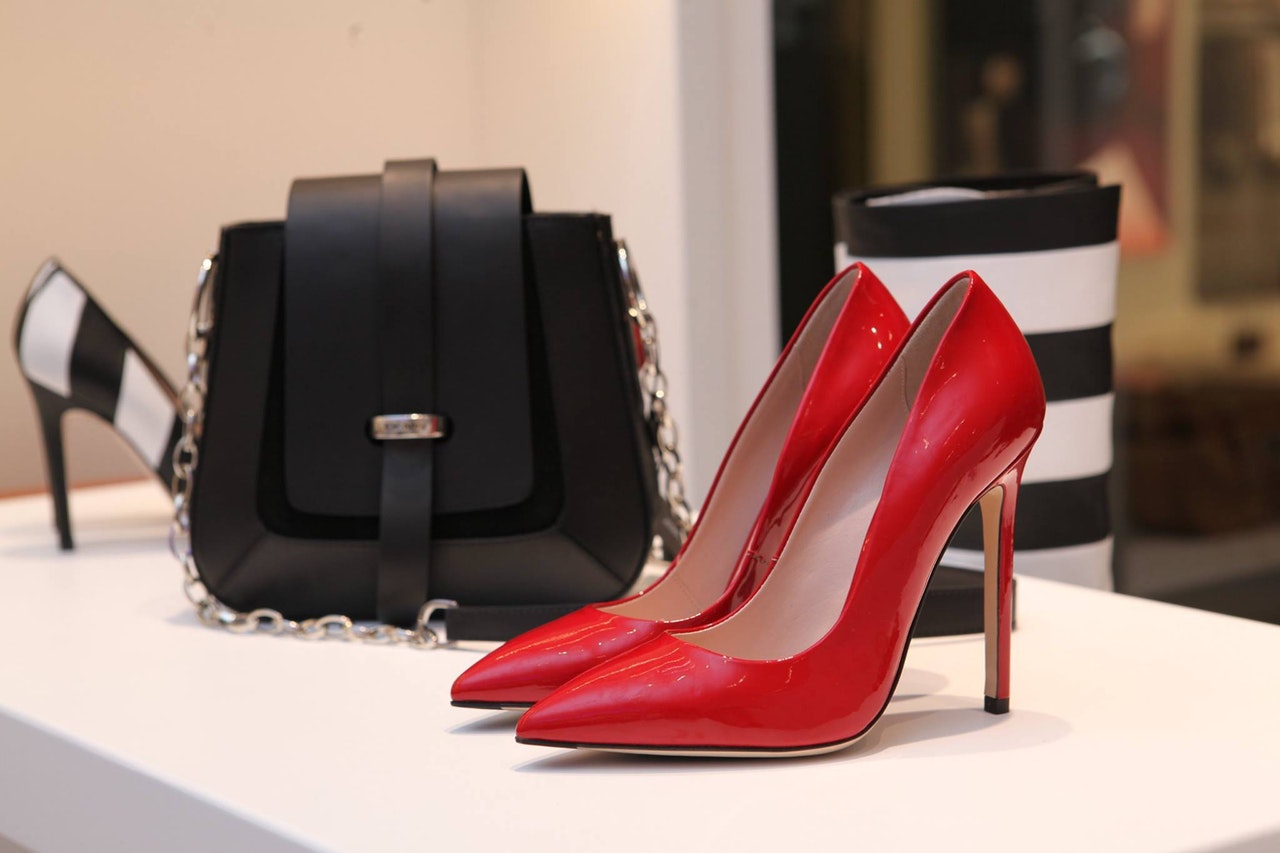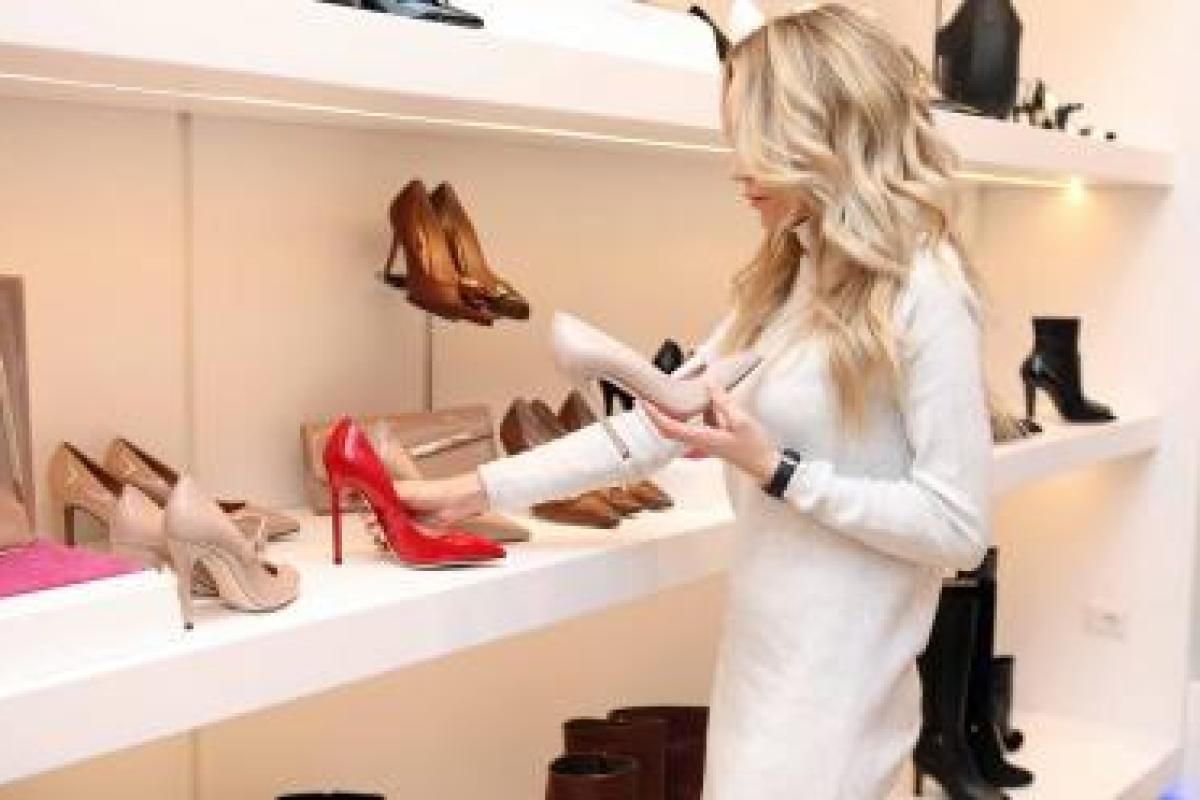Perhaps nobody epitomises old luxury quite like Imelda Marcos. She was First Lady of the Philippines for over 20 years, but is best known for an extravagance and extreme form of materialism that is tough to admire in the age of austerity. 800 pairs of her shoes are now on display in the Marikina Shoe Museum – a grim reminder of the worst of 1980s excess and corruption.
30 years on, luxury is supposed to have grown up and grown a conscience. Definitions of ‘new luxury’ focus on the preference of an emergent Millennial generation for experiences over possessions. Futurologists and luxury commentators are falling over one another to point out that luxury is becoming dematerialised. Daniela Walker, Editor at LS:N Global puts it this way: “Simply put, buying stuff isn’t as cool as it used to be. After the recession hit… People began focusing more on intangible things and making memories.”
This is great news for environmentalists and sobering for anybody invested in a luxury seller of “stuff” rather than “experiences”. Bain and Farfetch recently predicted that Millennials and Gen-Z will account for 45% of the luxury market by 2025. The report’s author suggests that luxury brands are facing a paradigm shift in expectations: Millennials are “the first generation with radically different behaviours and attitudes towards all consumption and lifestyle to the generation before.” The conclusion is clear: luxury brands will need to move away from their traditional business models and embrace a less material, more experiential forms of consumption. So what does this new “experiential” form of luxury actually look like in practice?
If Imelda Marcos is the poster girl for old luxury, then Chiara Ferragni is arguably new luxury’s equivalent. Each day her 9.8 million Instagram followers are treated to fresh images of her almost impossibly glamorous life. According to a recent article in the Guardian, on her 30th birthday alone, Ferragni received almost 1 million “likes” of an Instagram video of her boyfriend’s proposal of marriage (a bit of a Millennial hiccup there), almost half a million “likes” of her black YSL mini dress, and 700,000 “likes” of her birthday cake, which was decorated with a Leading Hotels of the World logo. Rather than greedily hoarding thousands of pairs of shoes, today’s luxury icons generously share moments, memories and experiences with hundreds of thousands of close followers.
But Chiara Ferragni and Imelda Marcos do at least have one passion in common: shoes. Farfetch.com sells 71 different pairs of Chiara Ferragni designed shoes – costing anywhere from £109 for pink high shine espadrilles up to £590 for a pair of blue crossover sandals. And even a cursory surf of her Instagram feed shows that Chiara Ferragni has access to a vast wardrobe of clothes – enough to hold the interest of her nearly 10 million followers across 16,700 Instagram posts. The Millennial luxury consumer may value experiences, but those experiences are only perfect if one is clad in the moment’s hottest attire and accessories.

The truth is that the modern concept of luxury remains stubbornly wedded to excess, despite all the optimistic column inches devoted to new luxury’s more balanced, less materialistic, more experiential, less conspicuous, more ethical stance. This excess goes far beyond the mind-boggling numbers of “likes” attached to the dizzying array of “posts” that the icons of new luxury attract. It has serious implications for the material world. In Europe, we consume 2.6 billion pairs of shoes a year, contributing 1.5 million tons of waste to landfill. Many of these shoes are thrown out before the end of their useful life. The UK’s shoe obsession seems particularly acute – two years ago 64.5 million people consumed 523 million pairs of shoes – an average of over eight pairs per person.
Our modern propensity to excess isn’t restricted to shoes. The Waste and Resources Action Programme’s most recent report on the UK textiles market in 2016 revealed that we consume 1.1 million tonnes of clothes each year – a 5% increase since 2010 – at a cost of £52.7 billion (an average of over £800 per person). According to PwC, the “premium lifestyle” market accounted for around £2.7 billion (or 5% of the total market) and is growing faster than the total market. The data all points in one direction: that new luxury isn’t simply about excess; it’s about excess layered upon excess.
It hasn’t always been like this. At least not everywhere. I’ve spent the past couple of years struggling through Christian Dior’s autobiography (not because it’s boring, but because it’s in French and my French is sub-GCSE terrible). In the book, he describes his shock at arriving in the USA for the first time and finding a completely different attitude to that of his native France – a country still suffering the scars of World War II:
“What scared me the most during my stay in the United States is the habit of spending enormous amounts for a luxury so lacking in depth. The American believes in quantity above quality… She would rather have three new dresses than one beautiful dress. She does not dwell much in her choice, knowing very well that her enthusiasm will most likely be short-lived and that the dress she is buying will be abandoned at the first opportunity... The way American women buy seems a bit hasty and does not correspond to the spirit of economy and method of the French. We usually acquire one thing because we find it beautiful or of good quality; we are concerned with its use as well as its elegance. Perhaps it must be concluded that abundance is likely to impair good taste. Poverty is an amazing wand.”
In retrospect, the comparison seems desperately sweeping and unfair – particularly if you happen to be American. But it’s easy to imagine the same points being made with respect to new luxury. The modern interest in mindfulness does not extend to the High Street. Fashion is fast, not considered. The quality of a garment doesn’t matter when novelty demands that it can only appear in a handful of Instagram posts. In her heyday, Imelda Marcos would have thrived on social media (7,991 posts are tagged with #imeldamarcos). She wasn’t the epitome of old luxury; she was the harbinger of new luxury.
Will we ever return to Christian Dior’s older concept of luxury? It’s possible rather than probable, but there is at least one practical reason to think it might happen. Last year, an estimated 54.5% of the world’s population lived in urban areas; by 2030 two in three people will live in cities with at least a million inhabitants. Space is going to become extremely tight. The UK already has the smallest homes in Europe; the average newly built home is just 76 sq m compared to 137 sq m in Denmark. The home of the future is likely to shrink further – UK building company Inspired Homes is building and renting “micro apartments” as small as 34 sq m (that’s the size of three parking spaces). Our wardrobes will need to shrink in line with our homes, which means we will need to be more careful in our consumption habits. Imagine how differently you’d approach shopping for clothes if you could only store 25 items at home and operated on a strict one-in-one-out policy. You might even turn to more radical solutions – like renting clothes and accessories rather than buying them. Perhaps it’s not the most aspirational picture of the future of luxury I could paint, but – to paraphrase Christian Dior – space poverty could become an amazing wand.
By Nick Liddell, Director of Consulting, The Clearing



